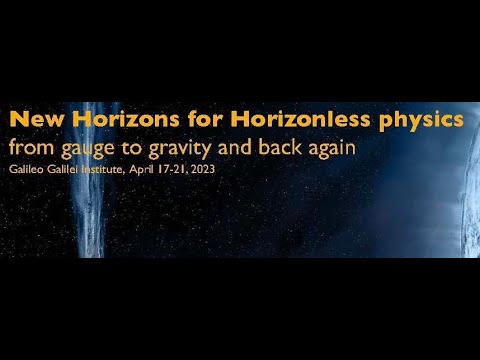Description:
Explore a comprehensive lecture by Tanja Hinderer from Utrecht University on theoretical models for binary systems in gravitational wave astronomy. Delve into the essential role of these models and the approximate flow of information during the inspiral phase. Examine a case study on Einstein scalar Gauss-Bonnet (EsGB) gravity, focusing on the features of EsGB black holes and binary dynamics. Investigate the matching of tidal coefficients via scattering and the concept of dipolar scalar Love numbers for black holes with scalar condensates. Analyze approximate solutions for radiation, including tidal and Gauss-Bonnet curvature effects. Consider the size of the transition regime and discuss prospects for multi-band gravitational wave astronomy. Conclude by examining the tidal response in terms of scattering amplitudes, providing a thorough understanding of advanced concepts in gravitational wave theory and binary system modeling.

Theoretical Models for Binary Systems in Einstein Scalar Gauss-Bonnet Gravity
Add to list
#Science
#Astronomy
#Cosmology
#Gravitational Waves
#Physics
#Theoretical Physics
#Scattering Amplitudes